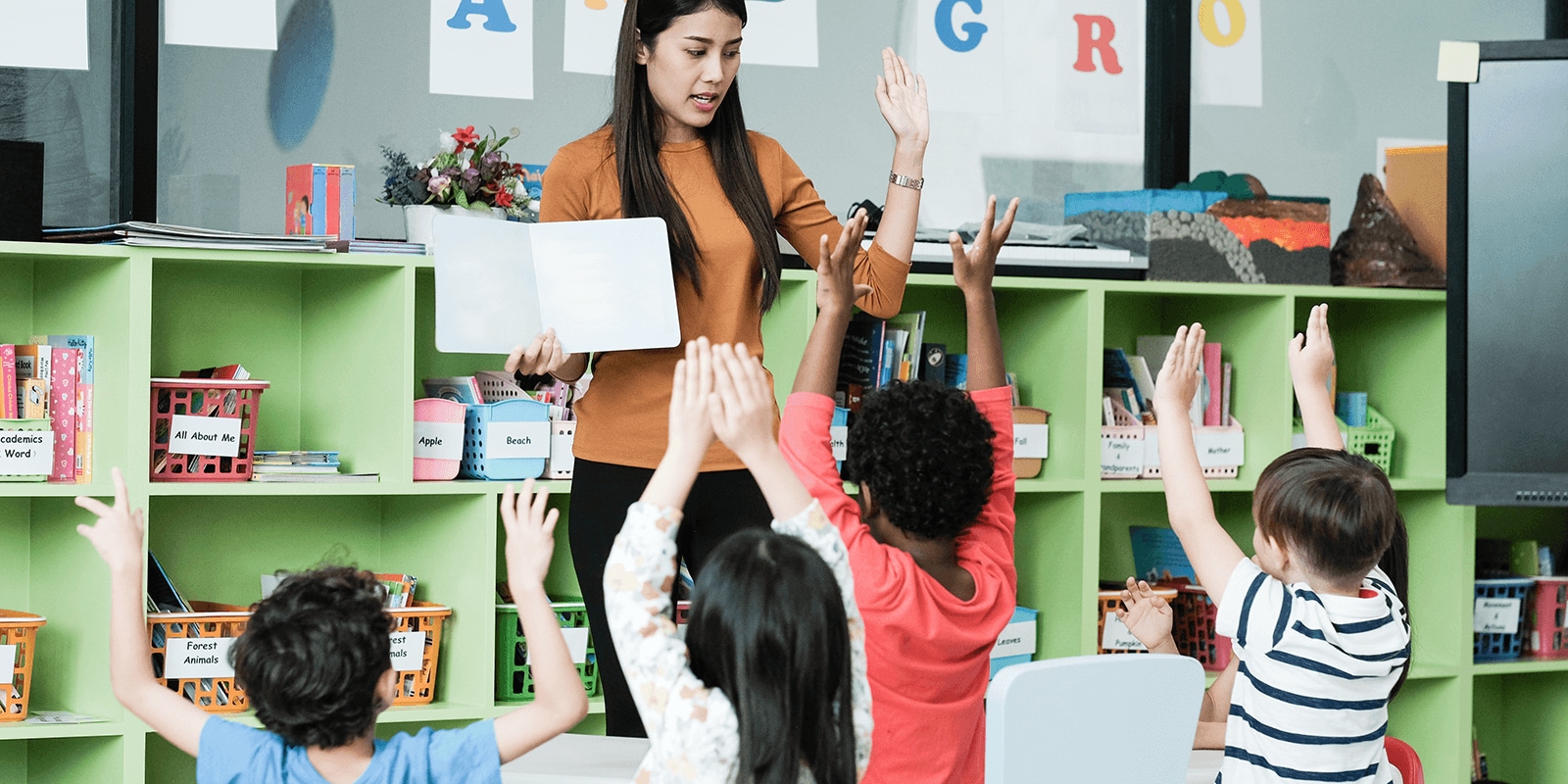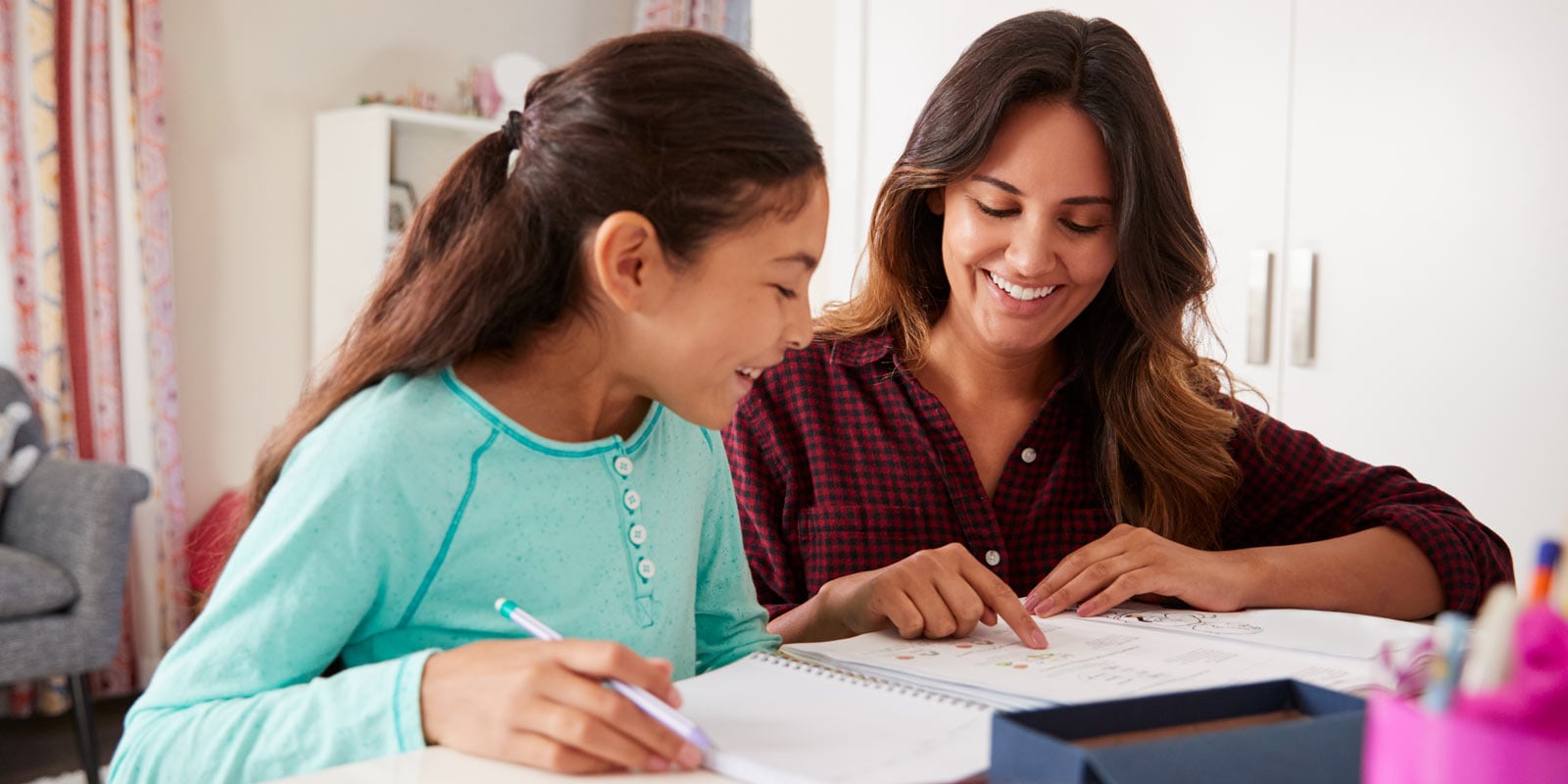Is It Time for a Rebranding of SEL to “Life Skills?”
by Tyler Vassar, EdS, Licensed Specialist in School Psychology and Pearson Assessments Consultant

Over the past few years, we’ve seen the concept of social-emotional learning (SEL) become a political hot potato. Schools and districts caught up in that conflict are missing an opportunity to help students build critical skills. After all, nine in 10 public schools say the pandemic negatively affected students’ behavioral and socioemotional development, according to U.S. Department of Education data.
Read more







